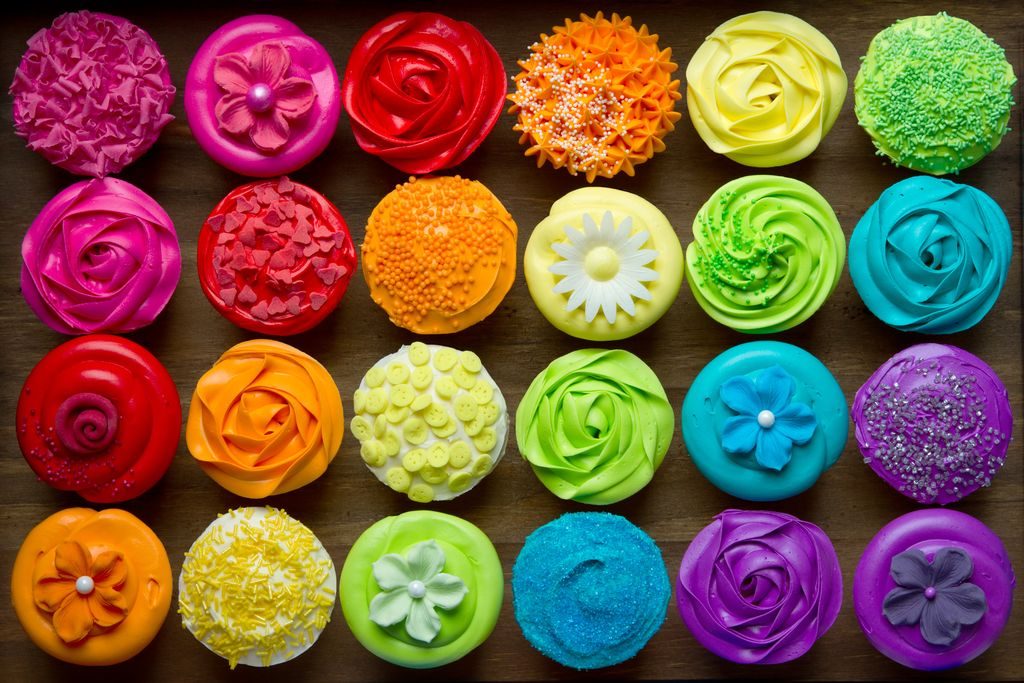Food coloring
Food colouring allows glazes, creams and doughs to take on a bright and vibrant colour. It can be natural or synthetic and can be found in various forms.

How to use food colouring in recipes
Food colouring is an additive used to add or change the colour of food. You can find both natural and synthetic food colouring. It is usually sold in liquid form but gel and powdered varieties are also available. The most common dyes available are the basic colours, like red, blue and yellow, but in specialist shops, special colours like gold and silver are available
Synthetic food colouring, are listed on packets with an alphanumeric code, usually composed of the letter E associated with three digits between 100 and 199, like ‘E 141’ for white, ‘E 132’ for blue and ‘E103’ for yellow.
Natural food colouring is made of fruits and vegetables like raspberries, mango, spinach and blueberries. The ingredients are blended and concentrated to make natural food colouring. Natural food colourings tend to be more expensive than synthetic but are actually surprisingly easy to make at home and are much better for you!
How to use food colouring in the kitchen

Food colouring is mainly used in baking and confectioneries, to colour cakes like red velvet cake, macaroons, icing sugar and pastries. Both synthetic and natural food colourings are available in different forms:
Liquids: the most common form of food colouring you can buy in the supermarket, liquid food colourings are found in small bottles and come in a huge array of colours. They are great for colouring icings and cakes,
Powder: you can find powdered food colouring in small sachets and they are great for; colouring sugar paste, chocolates, dry mixes and other recipes where you can’t add any more moisture.
Gel: They are the most pigmented variety available, and add a strong colour to food with a small amount. They are perfect for macaroons.
Spray: is great for cake design, as it allows you to colour surfaces leaving the inside the original colour.




